I'm using the following shader to render a skydome to simulate a night sky. My issue is the clearly visible transitions between colours.
What causes these harsh gradient transitions?
Fragment shader:
#version 330
in vec3 worldPosition;
layout(location = 0) out vec4 outputColor;
void main()
{
float height = 0.007*(abs(worldPosition.y)-200);
vec4 apexColor = vec4(0,0,0,1);
vec4 centerColor = vec4(0.159, 0.132, 0.1, 1);
outputColor = mix(centerColor, apexColor, height);
}
Fbo pixel format:
GL.TexImage2D(
TextureTarget.Texture2D,
0,
PixelInternalFormat.Rgb32f,
WindowWidth,
WindowHeight,
0,
PixelFormat.Rgb,
PixelType.Float,
IntPtr.Zero )


